A RECENTLY-opened 138-yard boardwalk spanning Porlock Marsh is being hailed as offering renewed access for people and bringing major benefits for wildlife across one of Britain’s most ecologically significant and climate-affected coastal habitats.
A National Trust spokesperson said: “With sea levels rising and the coastline shifting, Porlock Marsh has become a living example of climate adaptation.
“The new boardwalk is a community-led project that helps protect the landscape while keeping people connected to it.”
Porlock Marsh is a designated Site of Special Scientific Interest and is part of a coastal ecosystem which was shaped by a storm breach in 1996 that transformed farmland into a saltmarsh.
It now supports rare habitats, internationally important birdlife, and a boulder-bed foreshore shaped by the second-highest tidal range in the world.
The trust’s Holnicote Estate land outdoors and nature engagement officer Charlotte Burke said: “Porlock Marsh is a special place, rich in wildlife and local history.
.jpeg?trim=0,1,0,0&width=752&height=501&crop=752:501)
“As the coastline changes, it is becoming harder for people to access the area without damaging fragile habitats.
“This new boardwalk restores that connection while also showing what is possible when communities come together to support both nature and one another.”
The boardwalk’s carved handrail was created by local youth climate group While We Still Can, whose members are aged 12 to 18 years and who have gathered ideas, words, and artwork inspired by the marsh.
While We Still Can member Minna said: “I love being on the marsh and walk here whenever I can.
“The wildlife is constantly changing so you never get the same walk twice.
“I feel really passionately about this project because it is really close to home to me and I want to take the opportunity to make sure everybody gets to experience the marsh and really connect with it as much as I do.”
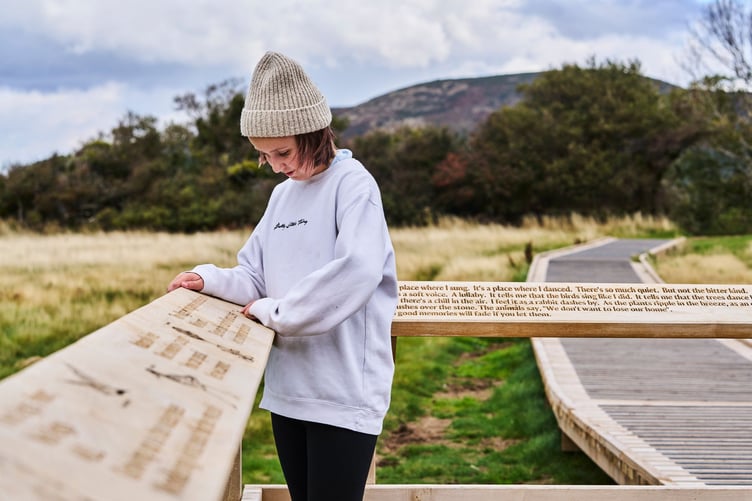
The boardwalk, one of the longest in the Westcountry, is made from 854 wooden boards and was built with the help of volunteers.
It provides a safe and sustainable route through the marsh, allowing residents and visitors to experience the area year-round while protecting sensitive habitats.
As part of the community-led outreach, walkers are also being encouraged to keep dogs on a lead to help protect wildlife.
Porlock Marsh supports migratory birds such as osprey, spoonbill, and snow bunting, alongside breeding skylarks, little egrets, and otters.
The site also serves as a nursery for sea bass and supports rare bat species, including the barbastelle.
The boardwalk forms part of a wider, long-term programme of nature-led coastal management on the Holnicote Estate, where the sea has been allowed to reclaim land and shape new habitats.
The project was made possible by While We Still Can, Tivington Farm School, St Dubricus First School, in Porlock, and artist-led organisation WildWorks, with funding from the National Lottery Heritage Fund and the Government’s Species Survival Fund.
The fund was developed by Defra and its arm's-length organisations and is being delivered by the National Lottery Heritage Fund in partnership with Natural England and the Environment Agency.
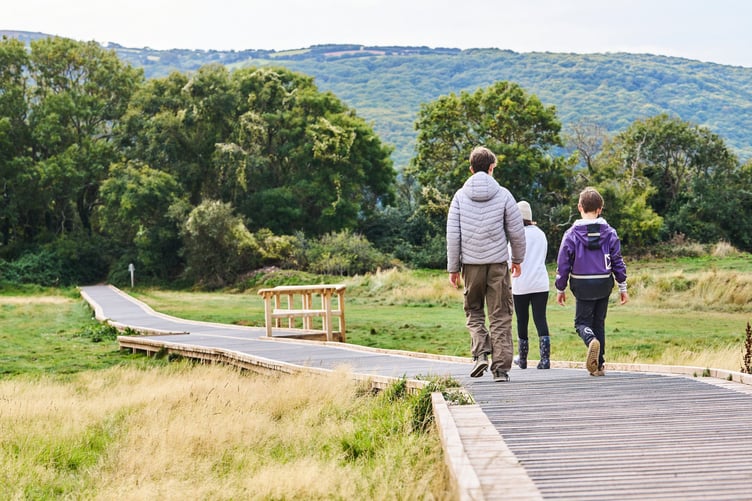
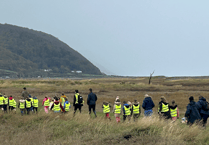
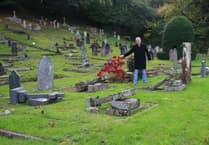
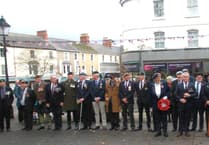
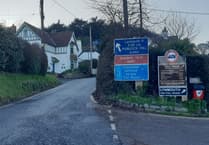
Comments
This article has no comments yet. Be the first to leave a comment.